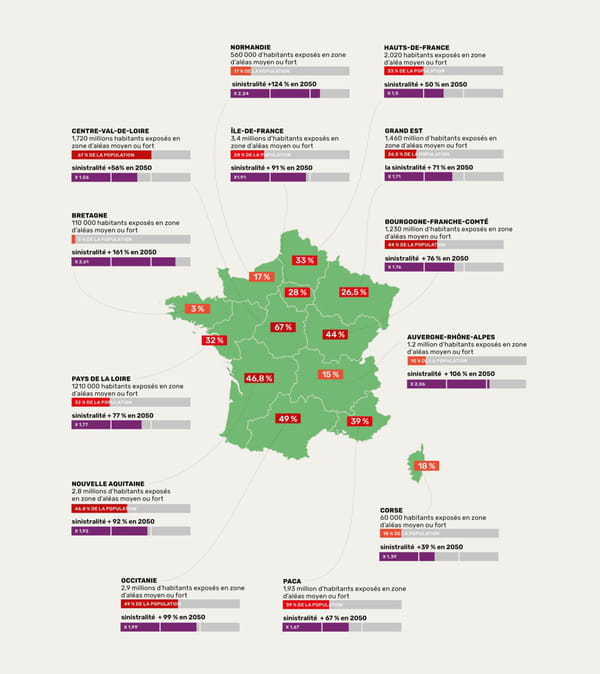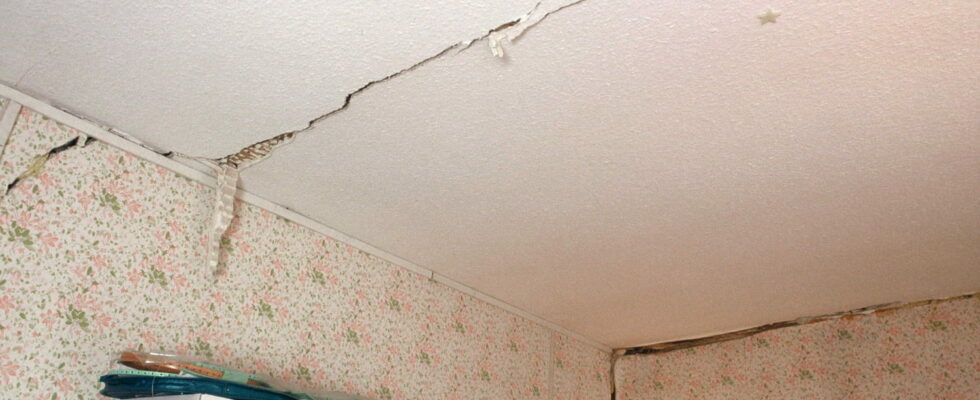A real scourge in France, the cracks should be even more numerous within a few years. Some regions will be particularly affected.
Seeing cracks on the walls of your house is never reassuring. One in two individual houses is already affected by such problems today and it is only getting worse. According to a study by the Conséquences association and the climate risk assessment start-up Callendar, long periods of drought are partly responsible. Because houses sit on clay soil, which alternately expands or contracts depending on the moisture content, a phenomenon called clay soil shrinkage-swelling (RGA), their structures become unstable and tend to crack.
This study looked back at the evolution of the phenomenon and made some rather worrying projections. Between 2006 and 2022, the number of these claims increased in France by 145%. Such damage is also very expensive. In 2022, the Central Reinsurance Fund estimated the costs for 7,000 municipalities recognized as being in a state of natural disaster at 3.5 billion euros.
35 years ago, this only concerned four regions: Occitanie, Nouvelle-Aquitaine, Centre-Val-de-Loire and Ile-de-France. Today, the Grand Est, Burgundy-Franche-Comté and Auvergne Rhône-Alpes are also strongly affected. The region whose share of the population is most affected remains Centre-Val-de-Loire with 1.720 million inhabitants exposed in medium or high hazard zones, or 67% of the population. 3.4 million inhabitants of Ile-de-France are also affected but this only represents 28% of the population given the density.

By 2050, the figures could skyrocket: three quarters of single-family homes could be affected. Thus, regions with very little exposure today such as Brittany or Normandy could in the years to come see their loss rate increase by more than 100%.
By crossing figures from INSEE, BRGM (Bureau of Geological and Mining Research) and IGN (National Institute of Geographic and Forestry Information), the study concluded that more than 20 million French people would be exposed to RGA risks. In a scenario based on 2 additional degrees by 2050, 13.6 million homes would face such problems at a moderate to very high level. This represents 77.5% of the individual housing stock, therefore more than three quarters of the houses. A rehabilitation of these accommodations seems inevitable.
Callendar has made available a quiz which allows everyone to know the risk of cracks for their home by providing their address and a few other criteria such as the shape of the building or the presence or not of a basement.
